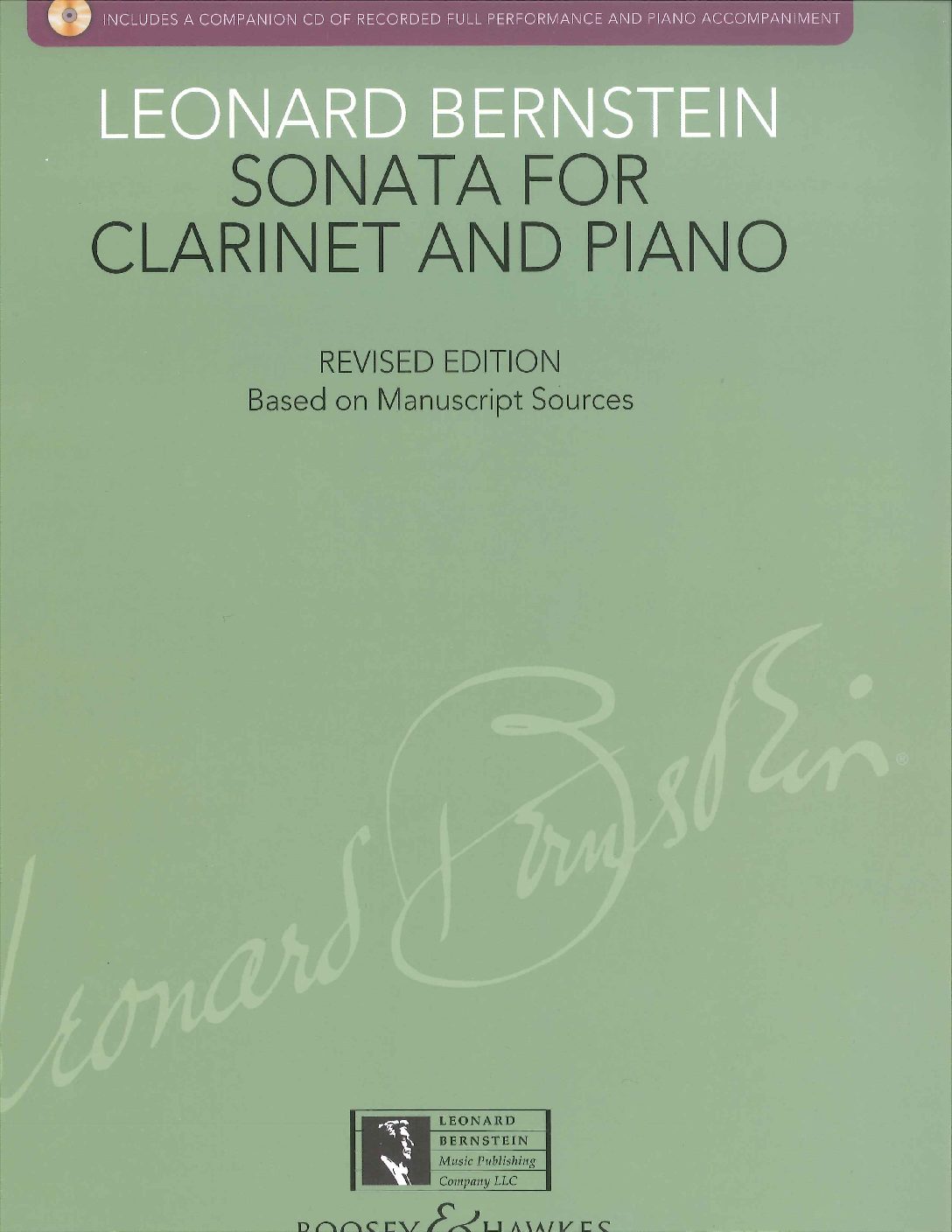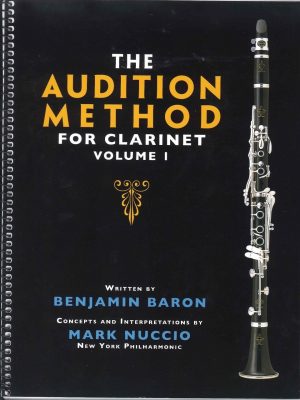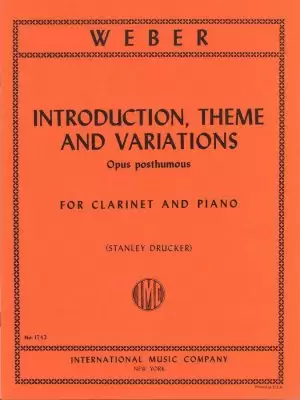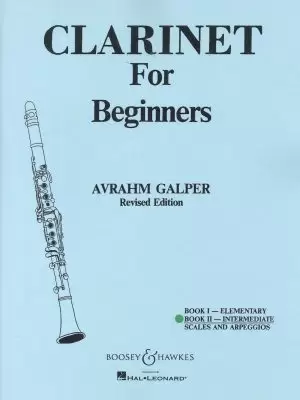Bernstein Sonata for Clarinet and Piano (Includes companion CD with accompaniment)
$24.99
When he wrote this sonata, Bernstein was still a student at the Curtis Institute, not sure whether he'd devote his career to composing, conducting, or playing the piano. The sonata demonstrates Bernstein's early promise as a composer, his interest in forms and techniques both old and new and an interest in the musical vernacular that would have brought him grief had he wound up trying to compose in the austere, highly theorized academic environment of the 1950s and '60s. In a mark of the composer's future eclecticism, Bernstein begins in the manner of his sometime teacher Paul Hindemith, but winds up with music up-to-date and American sounding, full of jazzy syncopations. The first movement, Grazioso, begins with a slow, wandering clarinet theme over piano counterpoint that could pass as a lost work of Hindemith. Soon the piano develops a fast, agitated ostinato rhythm over which the clarinet continues to spin out its theme. Bernstein splinters all of this into a brief development section; then, after a direct restatement of the opening slow material, the piano introduces a wistful, mildly bluesy melody soon picked up by the clarinet, the first passage that sounds more like mature Bernstein than mature Hindemith. This material meanders toward the movement's final bar. The second movement begins with an Andantino, which again evokes Hindemith, mainly in the piano chords (which nevertheless hint very slightly at Bernstein's song "Somewhere" to come more than ten years later). Finally, lurching into the Vivace e leggiero section, Bernstein comes fully into his own. The music is strongly rhythmic and syncopated, but peters out halfway through the movement to be displaced by a slow, tender clarinet melody (the piano initially providing a busy, Hindemithian note-on-every-beat accompaniment but then breaking into widely spaced utterances of the two-chord "Somewhere" motif). The fast, syncopated material returns, the piano's ostinato pages giving the music even more urgency than before. At the end, Bernstein sends the clarinet to the top of its range in a sostenuto passage akin to the buildup to the finale of Copland's clarinet concerto.
In stock




